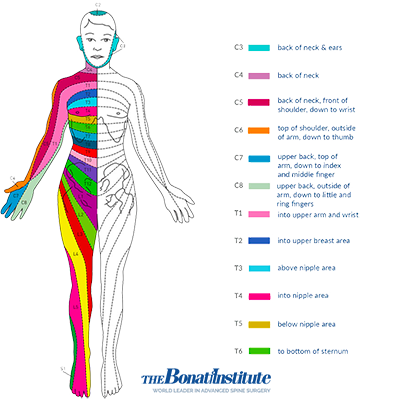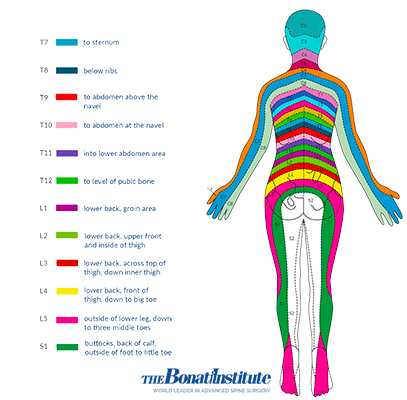Prosthetics for pets
The use of Orthotics and prosthetics for humans goes back for centuries making remarkable gains in the last 25 years including prosthesis and orthosis development in the animal related industry. Typically, the use of orthotics and prosthetics in animals has been carried out in special situations when an orthopedic surgeon was approached by a pet owner looking for options other than surgery or putting the pet down.
What are Animal Orthotics?
Animal orthotics is the science of splinting and brace making, and is primarily being used to provide limb stability, and for immobilization after surgery. Orthoses are being used for animals with limb deformities, carpal hyperextension, ligament injuries, and nerve damage (radial nerve paralysis, sciatic nerve damage, brachial plexus injuries).
Amputation is not always required for animals with radial nerve paralysis (a common condition in animals that are hit by cars). A leg brace can prevent dragging of the paw, muscle contracture of the wrist, and provide needed support for the bearing weight on the limb. An orthotic brace also allows time for the damaged nerve to heal without traumatizing the paw from having been dragged. An orthoses can also work to allow a damaged limb to heal in the proper shape thus preventing deformity.
Does your pet need a prosthesis or orthosis?
Animal prosthetics is the science of making a device used to replace a missing part of the body. Prostheses are being used for animals with congenital or acquired limb deformities or animals requiring limb amputation due to trauma or bone cancer. Use of a prosthesis can return an animal to near normal function.
Orthoses and prostheses are made out of various materials including neoprene and various forms of plastic, depending upon the condition being treated and the activities of the animal (walking, swimming, etc.). Plastic devices can even be made to match the animal’s haircoat and color. While aesthetically pleasing to the owner, a custom prosthetic or orthotic that matches a particular haircoat or color is not likely to be more effective than a more generic style of replacement limb or brace.
Osseointegration is the direct structural and functional connection between living bone and the surface of a load-bearing artificial implant, typically made of titanium. It is a property virtually unique to titanium and hydroxyapatite, and has enhanced the science of medical bone, and joint replacement techniques.


Locating the Source of Neck Pain
You don’t have to learn to live with pain. If you have been experiencing headaches and/or a burning, numbness or pain radiating along any of these paths for more than 3-4 months, contact your medical practitioner.
Molly – The Pony with a Prosthesis
Surgeon Rustin Moore met Molly, and he changed his mind. He was told how the pony was careful to lie down on one side and then the other, seemingly so she wouldn’t irritate her damaged limb, almost showing intentional protection of her injured leg. She constantly shifted her weight, being careful to not overload her good leg. Everyone who observed her considered to be a smart pony with a serious survival ethic.
Molly’s story has become a parable for life in post-Katrina Louisiana, the little pony gained weight, her mane felt a comb and a human prosthesis service built her an artificial leg. Most important of all, Molly has a job now. Kay, the rescue farm owner, started taking Molly to shelters, hospitals, nursing homes, rehabilitation centers. Anywhere she thought that people needed hope. Wherever Molly went, she showed people her pluck. She inspired people. And she had a good time doing it. It has become obvious that Molly had a bigger role to play in life, Moore said, She survived the hurricane, a horrible injury, and now she is giving hope to others. She could be a symbol for New Orleans itself.
The other important factor, according to Moore, is having a truly committed and compliant owner who is dedicated to providing the daily care required over the lifetime of the horse.
This week, Molly the Pony, a children’s book about the pony who has already inspired thousands of people around New Orleans, has been published. It’s not a book about amputation or prosthetics; it’s a book about people and ponies.
Origins: When Hurricane Katrina struck the Gulf Coast in August 2005
it disrupted the lives of not just human beings, but those of a variety of animals as well. Many pets, livestock, and other domesticated animals were left with no one to tend to them after their caretakers were killed, displaced from their homes (or otherwise separated from their animals), or left without the means to care for their charges.
Some Gulf Coast area residents who came through the storm relatively intact (or were outside its range) began adopting animals that had been abandoned or separated from their owners, such as Kaye Harris, the owner of a pony farm in St. Rose, Louisiana. Through the efforts of an animal rescue group, Ms. Harris adopted an appaloosa pony (dubbed “Molly”) found wandering in a pasture in St. Charles Parish and added the horse to the 17 ponies and other abandoned animals she was keeping on her farm.
Unfortunately, a few months later a pit bull terrier (one of the other abandoned animals Ms. Harris had adopted in the wake of Hurricane Katrina) attacked Molly, ripping off her jaw, open a gash in her belly, and inflicting bad bites to all four of her legs. Horses that suffer serious leg injuries often have to be euthanized, and that initially looked to be Molly’s fate, especially after one of her bitten legs became infected.
However, rather than giving up, Ms. Harris turned to a close friend (and horse veterinarian), Dr. Allison D. Barca. Fitting a horse with a prosthetic leg was something that had rarely been tried and almost always resulted in expensive failure, but Ms. Harris and Dr. Barca pled Molly’s case to doctors at Louisiana State University’s (LSU) veterinary hospital. The doctors at LSU initially declined Molly’s case, but after reconsideration they eventually amputated her right foreleg just below the knee and successfully fitted her with a prosthesis: Initially the doctors refused. But after observing Molly for a couple of days, Dr. Rustin M. Moore, the director of the veterinary school’s equine health studies program and a veterinary surgeon, noticed that the horse would shift her weight and rest her good leg, and he became convinced that she would be a good candidate for a prosthesis.
“She’s very intelligent, and she knows how to take care of herself,” Dr. Moore said. The doctors contacted a local company, Bayou Orthotic and Prosthetic Center, to see if it could build a limb for Molly. The company had never made a limb for an animal, but Dwayne Mara, who builds artificial limbs for the company, agreed to try.
Dr. Moore consulted with the handful of veterinarians who had tried the operation, asking about technique and about complications. Mr. Mara watched ponies walk to see how their joints bent as they moved. He studied horse anatomy. He calculated how much weight the limb would need to support.
In January, during a holiday break at the university, Dr. Moore and a team of surgeons amputated Molly’s leg and fitted her with a hollow cast with a pole that she could use to balance. They knew almost immediately after the operation that it had been a success.
“She went out and she went right to putting her weight on it,” Ms. Harris said, “and I just cried because I knew it was going to work.”
The operation cost $5,000, and the prosthesis company did not charge for the artificial leg, Ms. Harris said.
After the operation, Molly was taken to the prosthesis center. Children with medical conditions like spina bifida who were being fitted with orthotics flocked to her, amazed at the horse who was getting a metal leg. (snopes-dot-com)